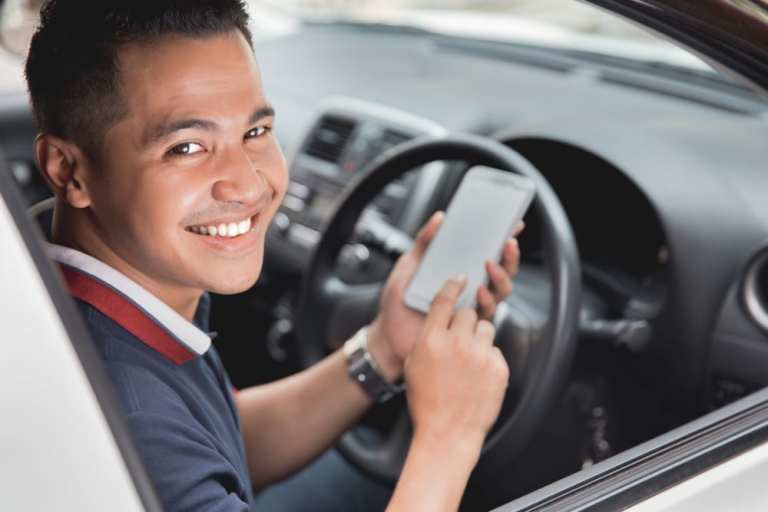Connected Commerce Can Make Fast Food Faster

Americans spend a lot of time in their cars. Between 2016 and 2017, commuters spent 51 minutes per day in a car on average. But drivers aren’t passively wasting these chunks of time. Increasingly, they are connected and actively engaged in digital activities. Commuters spent $230 billion on connected shopping experiences in 2018, a figure that rose 7 percent over 2017.
The Commerce Connected Playbook looks at what commuters are doing and how retailers and original equipment manufacturers can unlock that spend.
The rise of connected commuters has implications for many industries, quick-service restaurants (QSRs) in particular. The study found that 25 percent of drivers are already on their phones in drive-thru lanes. It’s not a leap to try and build upon this natural mobile engagement.
In PYMNTS’ Digital Drive Report, approximately 35 million commuters — 35.3 percent of those surveyed — who used connected devices did so to order food from their vehicles to pick up from a drive-thru window. Almost as many (33.4 percent) ordered coffee and picked it up at a drive-thru window. Connected commuters bought coffee this way roughly 65 times a year while they ordered food to pick up from a drive-thru window 40.7 times.
QSRs compete on speed and efficiency, so it’s a natural evolution to embrace connected-vehicle technology to help cut down wait times for consumers who put a great deal of value on the fast aspect of fast food.
Domino’s recently partnered with Xevo Inc. to automatically preload Domino’s AnyWare pizza-ordering app on millions of vehicles equipped with the Xevo platform later this year. Xevo CEO Dan Gittleman told PYMNTS the company was seeing click-throughs “well over 20 percent” and up to 30 percent through payments prompted via vehicles’ dash displays.
QSRs like Sonic also recognize this change in driving and shopping behavior. Sonic offers a mobile order-ahead app so drivers can pull into drive-in spaces and receive their orders when they press a button. This functionality doesn’t happen through a connected car, but that’s the future.
Sonic is also experimenting with artificial intelligence (AI)-powered menus. Mastercard, in a new partnership with kiosk hardware-maker ZIVELO, is using AI to personalize the QSR ordering experience. This dynamic voice-enabled ordering interface can display menu items based on criteria like the weather or top sellers. But if the customer is a Sonic app user, the menu could be personalized based on past orders or can screen out items a customer doesn’t like or never orders.
According to Stephane Wyper, SVP for New Commerce Partnerships at Mastercard, there has been great interest in using personalization and voice-AI to increase engagement and loyalty, especially for QSRs. “We had the idea that every menu should be different, because every customer has different requirements and needs,” he said, in an interview with PYMNTS.
For possibly obvious reasons, voice has been key in connected commerce so as not to distract drivers. According to the Digital Drive Report, 53.3 percent of commuters are turning to voice assistants to connect while driving. Of those commuters, 36.6 percent use voice assistants to connect to the internet via their mobile devices.
It’s also notable that 65 percent of drivers who use voice assistants are doing so through offerings that come built into their cars’ dashboards. This is shifting some responsibility to car manufacturers and away from retailers to keep up with the technology that drivers need to use connected car commerce.
Many new developments rely on voice commands, and such features could prove essential to enabling drivers to safely interact and engage with merchants and QSRs.
Last year, coffee chain Dunkin’ launched ordering via Amazon’s voice-activated digital assistant Alexa, and making its menus available through cars’ infotainment systems with a partnership with General Motors is a work in progress.
Many of these developments aren’t premature. According to the Commerce Connected Playbook, 64 million connected cars will be on the road by the end of 2019. Even if connected commerce isn’t yet mainstream, there is interest. Over one-third (36.4 percent) of commuters in the PYMNTS Digital Drive Report who are not currently connect in-car could see themselves ordering food and picking it up at a drive-through in the future.